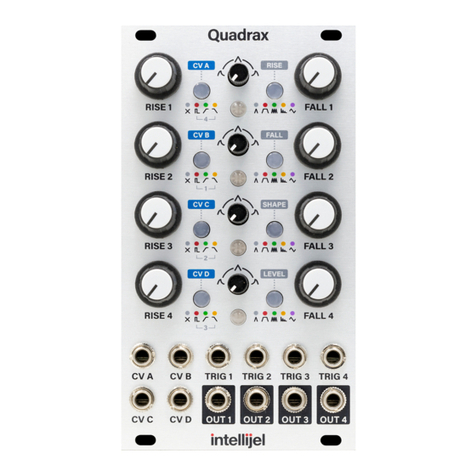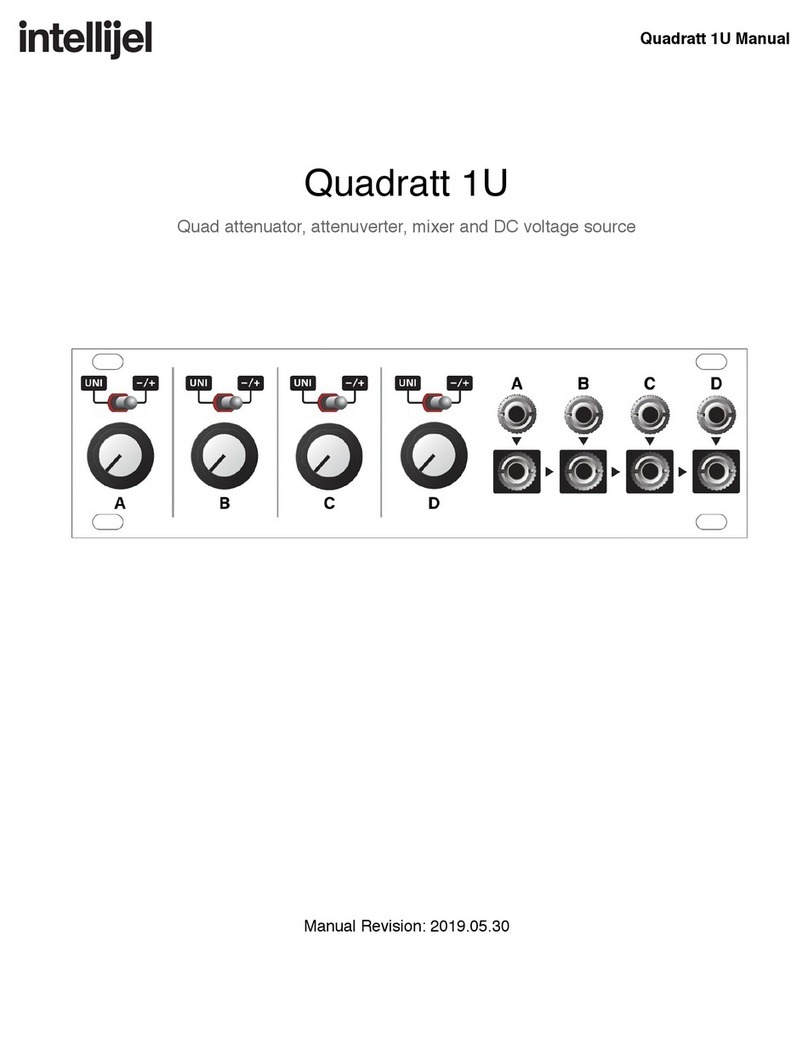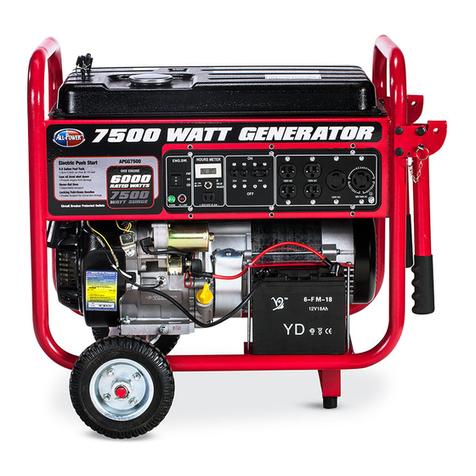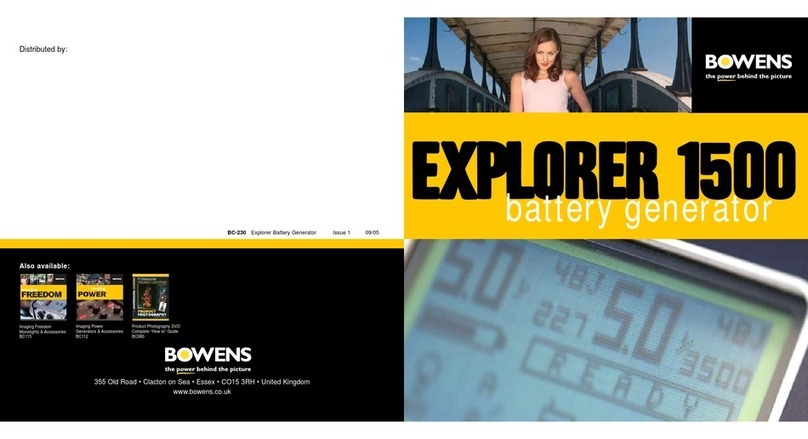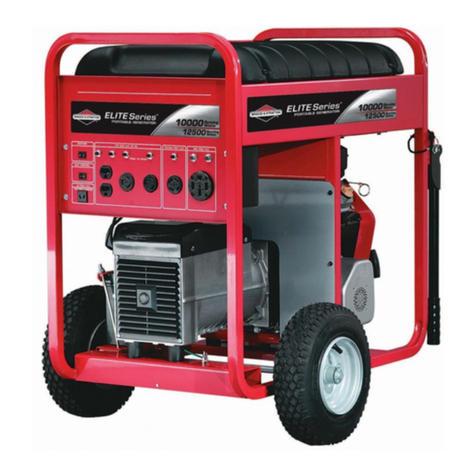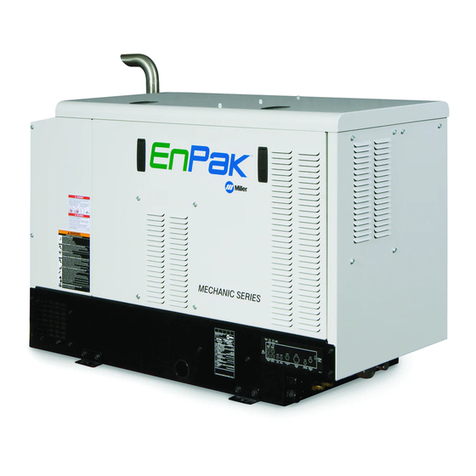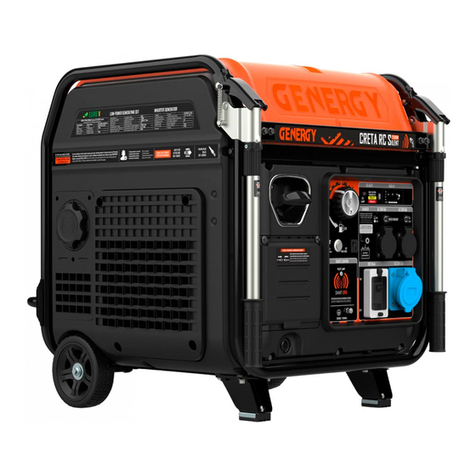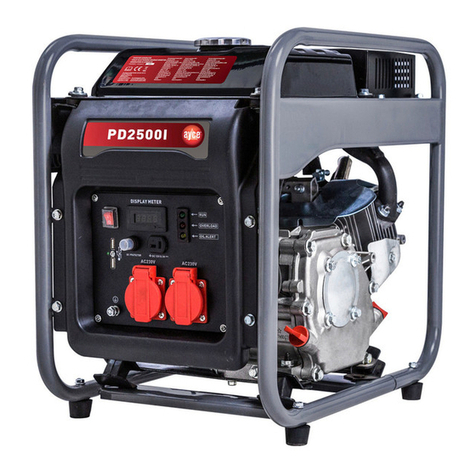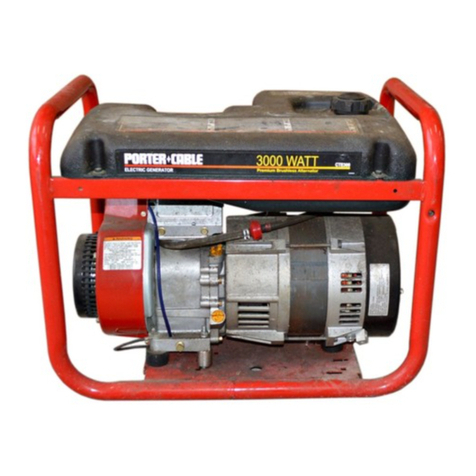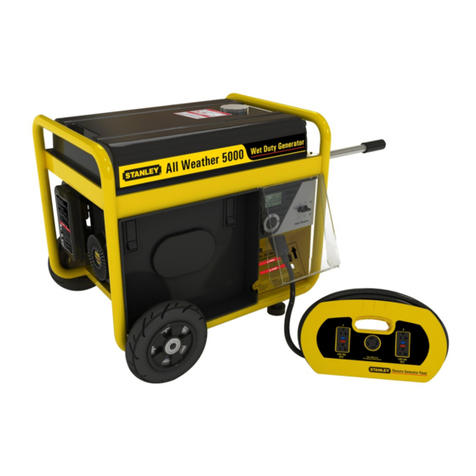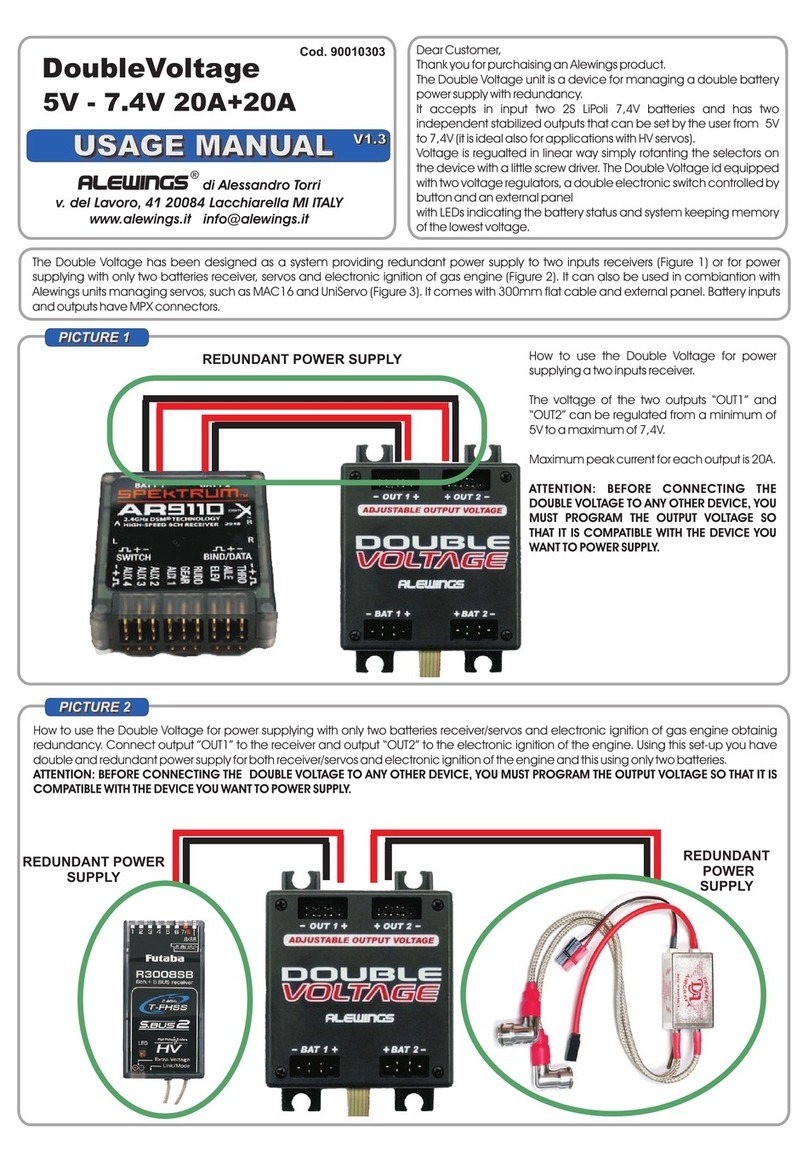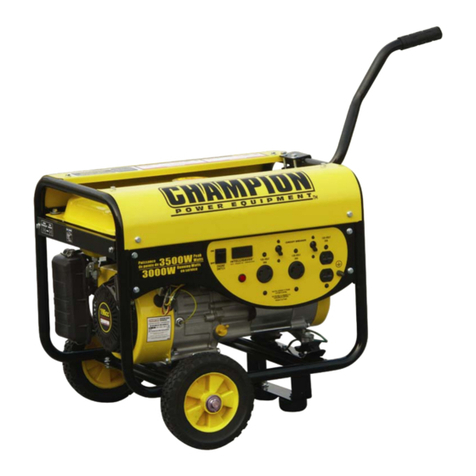Intellijel Dual ADSR User manual

Dual ADSR Manual
Dual ADSR
Dual Slider-Based ADSR Envelope Generator
Manual Revision: 2018.09.13

Dual ADSR Manual
Table of Contents
Table of Contents
Compliance
Installation
Installing Your Module
Overview
Front Panel
Controls
Inputs & Outputs
Envelope Times
Technical Specifications
Page 1

Dual ADSR Manual
Compliance
This device complies with Part 15 of the FCC Rules. Operation is subject to the
following two conditions: (1) this device may not cause harmful interference, and
(2) this device must accept any interference received, including interference that
may cause undesired operation.
Changes or modifications not expressly approved by Intellijel Designs, Inc. could
void the user’s authority to operate the equipment.
Any digital equipment has been tested and found to comply with the limits for a
Class A digital device, pursuant to part 15 of the FCC Rules. These limits are
designed to provide reasonable protection against harmful interference when the
equipment is operated in a commercial environment. This equipment generates,
uses, and can radiate radio frequency energy and, if not installed and used in
accordance with the instruction manual, may cause harmful interference to radio
communications.
This device meets the requirements of the following standards and directives:
EMC: 2014/30/EU
EN55032:2015 ; EN55103-2:2009 (EN55024) ; EN61000-3-2 ; EN61000-3-3
Low Voltage: 2014/35/EU
EN 60065:2002+A1:2006+A11:2008+A2:2010+A12:2011
RoHS2: 2011/65/EU
WEEE: 2012/19/EU
Page 2

Dual ADSR Manual
Installation
Intellijel Eurorack modules are designed to be used with a Eurorack-compatible case and power
supply. We recommend you use Intellijel cases and power supplies.
Before installing a new module in your case, you must ensure your power supply has a free
power header and sufficient available capacity to power the module:
● Sum up the specified +12V current draw for all modules, including the new one. Do the
same for the -12 V and +5V current draw. The current draw will be specified in the
manufacturer's technical specifications for each module.
● Compare each of the sums to specifications for your case’s power supply.
● Only proceed with installation if none of the values exceeds the power supply’s
specifications. Otherwise you must remove modules to free up capacity or upgrade your
power supply.
You will also need to ensure your case has enough free space (hp) to fit the new module. To
prevent screws or other debris from falling into the case and shorting any electrical contacts, not
leave gaps between adjacent modules, and cover all unused areas with blank panels. Similarly,
do not use open frames or any other enclosure that exposes the backside of any module or the
power distribution board.
You can use a tool like ModularGrid to assist in your planning. Failure to adequately power your
modules may result in damage to your modules or power supply. If you are unsure, please
contact us before proceeding.
Installing Your Module
When installing or removing a module from your case
always turn off the power to the case and disconnect the
power cable. Failure to do so may result in serious injury
or equipment damage.
Ensure the 10-pin connector on the power cable is
connected correctly to the module before proceeding.
The red stripe on the cable must line up with the -12V
pins on the module’s power connector. The pins are
indicated with the label -12V, a white stripe next to the
connector, the words “red stripe”, or some combination of
those indicators.
Page 3

Dual ADSR Manual
Most modules will come with the cable already connected but it is good to double check the
orientation. Be aware that some modules may have headers that serve other purposes so
ensure the cable is connected to the right one.
The other end of the cable, with a 16-pin
connector, connects to the power bus board of
your Eurorack case. Ensure the red stripe on
the cable lines up with the -12V pins on the
bus board. On Intellijel power supplies the
pins are labelled with the label “-12V” and a
thick white stripe:
If you are using another manufacturer’s power
supply, check their documentation for
instructions.
Once connected, the cabling between the module and power supply should resemble the
picture below:
Before reconnecting power
and turning on your modular
system, double check that
the ribbon cable is fully
seated on both ends and
that all the pins are correctly
aligned. If the pins are
misaligned in any direction
or the ribbon is backwards
you can cause damage to
your module, power supply,
or other modules.
After you have confirmed all
the connections, you can
reconnect the power cable and turn on your modular system. You should immediately check that
all your modules have powered on and are functioning correctly. If you notice any anomalies,
turn your system off right away and check your cabling again for mistakes.
Page 4

Dual ADSR Manual
Overview
The Dual ADSR contains two ADSR (Attack Decay Sustain Release) envelope generators
modelled after those found on many classic synthesizers. The envelope gates are normalled so
they can be triggered from the same gate source or independently. The cycle switches allow the
envelopes to be used as unipolar LFOs.
Front Panel
The following describe one of the two
envelopes. The functionality is identical for
both ADSR1 and ADSR2 with the
exception of the GATEinput.
Controls
1. GATE BUTTON
The gate button is normalled to the
GATE input. Pressing and holding
the button will activate the envelope
in the same way as an incoming
gate signal from a keyboard or
sequencer. It provides a useful way
to test out the envelope settings or
to manually to trigger the envelope
during performance.
2. CYCLE SWITCH
When in the ON position the end of
the decay phase will start the attack
phase again.
3. EOD INDICATOR LED
This LED is lit when the decay
phase of the envelope has
completed and remains lit till the
next time the attack phase begins.
The EOD output gate will also be
high at the same time.
Page 5

Dual ADSR Manual
4. RATE SWITCH
The rate switch selects between three different ranges for the attack, decay, and release
times. In FAST mode the maximum time for each stage is approximately 1 second. It is
approximately 10 seconds in MED mode, and 1 minute it SLOW mode.
5. A[TTACK]
This slider sets the duration of the envelope attack stage. This is the time it takes for the
envelope level to go from zero to the maximum level. The duration is nearly zero with the
slider at the bottom, and the longest when the slider is at the bottom. The length of the
longest setting is set with the RATE switch.
6. D[ECAY]
This slider sets the duration of the envelope decay stage. This is the time it takes for the
envelope level to go from the maximum to the sustain level. The length of the longest
setting is set with the RATE switch.
7. S[USTAIN]
This slider sets the level of the sustain stage. It is 0 V at the bottom and 5 V at the top.
8. R[ELEASE]
This slider sets the duration of the envelope release stage. This is the time it takes the
envelope to go from the sustain level back to 0 after the gate is released. The length of
the longest setting is set with the RATE switch.
9. LEVEL INDICATOR
The brightness of this LED indicates the level of the envelope.
Inputs & Outputs
A. GATE
While the gate input is high the envelope moves through its stages until it hits the sustain
stage. If at any time the gate goes low the envelope will enter the release stage.
For ADSR 2 this input is normalled to the input of ADSR 1 so that when no cable is
connected the GATE of ADSR 2, a gate signal at ADSR 1 can trigger both envelopes.
B. RETRIG
When a trigger is received at this input while the gate is high it resets the envelope back
to 0 and starts the attack phase again.
Page 6

Dual ADSR Manual
C. LEVEL
This input expects a 0 to 5 V signal and controls the overall level of the envelope via a
built-in linear VCA. It is normalled to a 5 V source so when nothing is connected the
envelope uses its maximum range.
D. OUTPUT
This is the primary envelope output. The level is from 0 to 5 V.
E. INVERTED OUTPUT
This output provides the inverted version of the envelope, from 0 to -5 V.
F. EOD
This gate output goes high once the envelope completes the decay phase and remains
high until the next attack phase.
Envelope Times
MODE
MINIMUM
ATTACK TIME
MAXIMUM
ATTACK TIME
MINIMUM
DECAY/RELEASE
TIME
MAXIMUM
DECAY/RELEASE
TIME
Fast
0.2 ms
1.5 s
0.6 ms
2.5 s
Medium
1.8 ms
10 s
3.5 ms
10 s
Slow
9.3 ms
60 s
30 ms
60 s
NOTE: Times are approximate and will vary from unit to unit due to component tolerances.
Technical Specifications
Width
14 hp
Maximum Depth
38 mm
Current Draw
60 mA @ +12V
49 mA @ -12V
Page 7
Table of contents
Other Intellijel Portable Generator manuals
Popular Portable Generator manuals by other brands
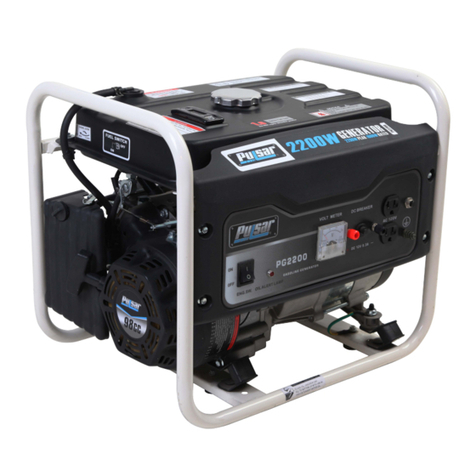
Pulsar
Pulsar PG2200 Operator's manual
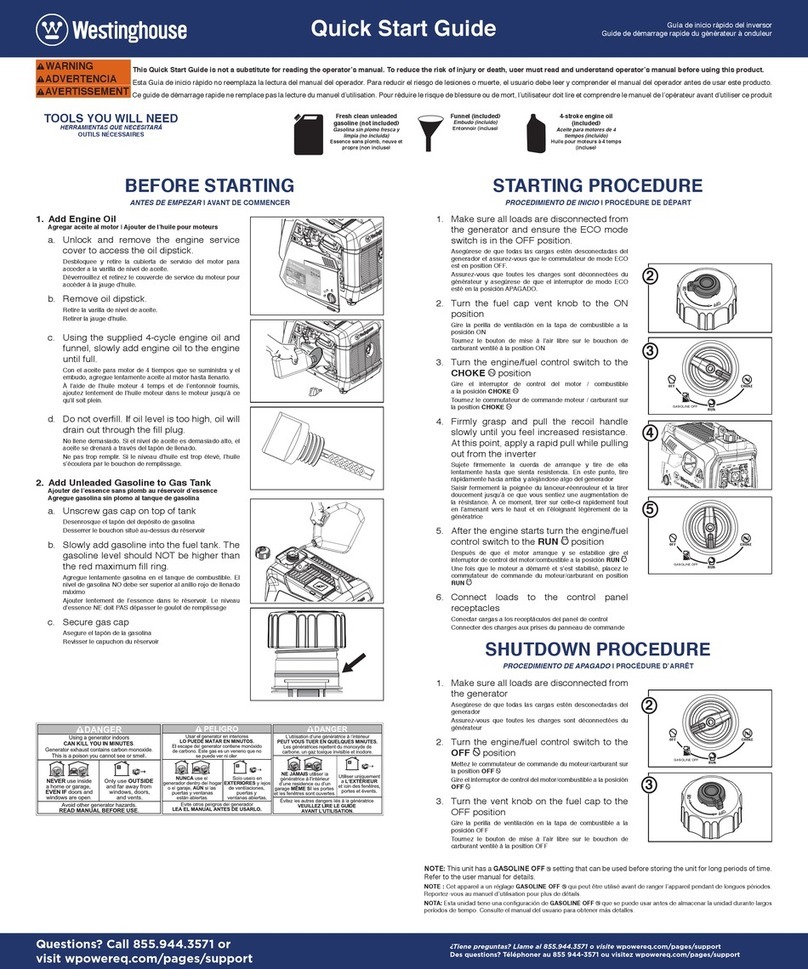
Westinghouse
Westinghouse iGen2550c quick start guide
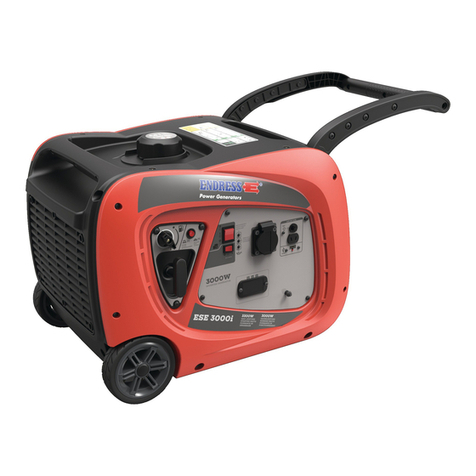
Endress
Endress ESE Series Translation of the operating instructions

National Instruments
National Instruments FD-11601 user guide
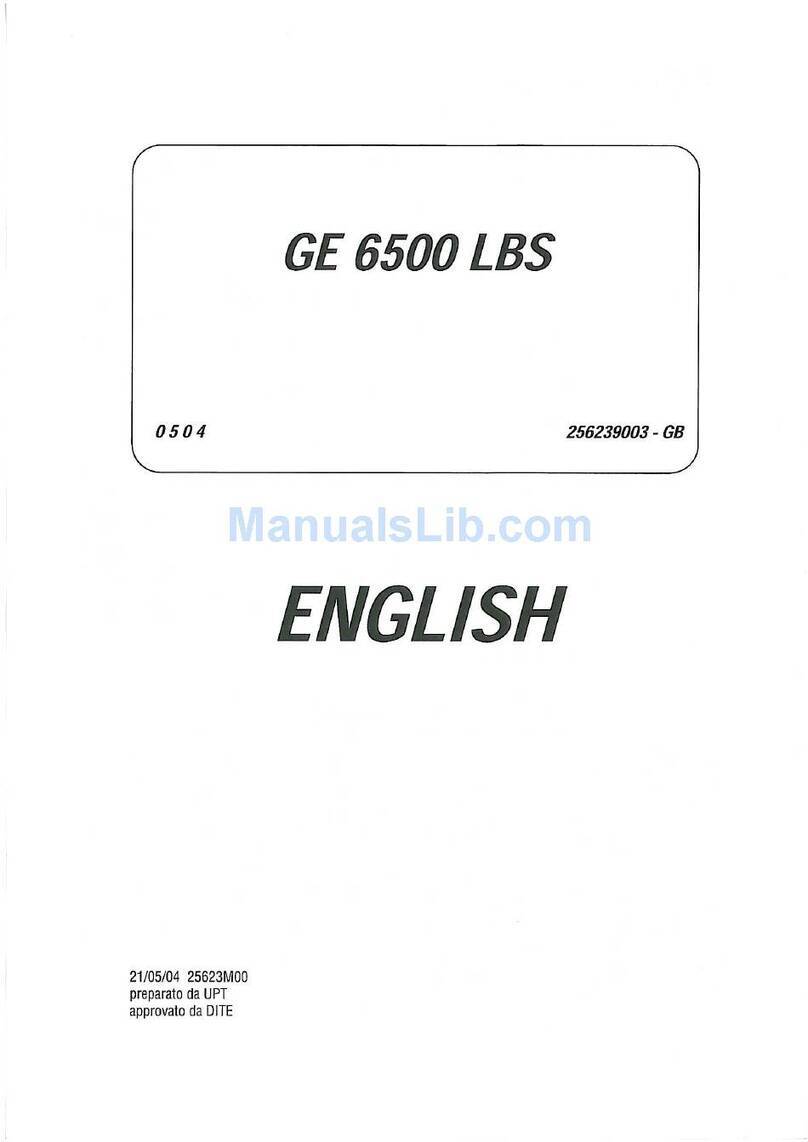
Mosa
Mosa GE 6500 LBS user manual

DUROMAX
DUROMAX DUAL FUEL HYBRID ELITE XP11500EH user manual
